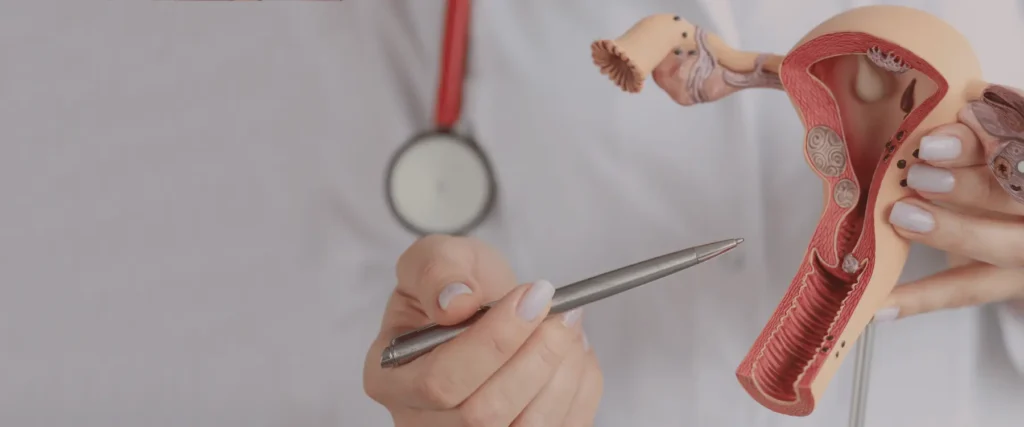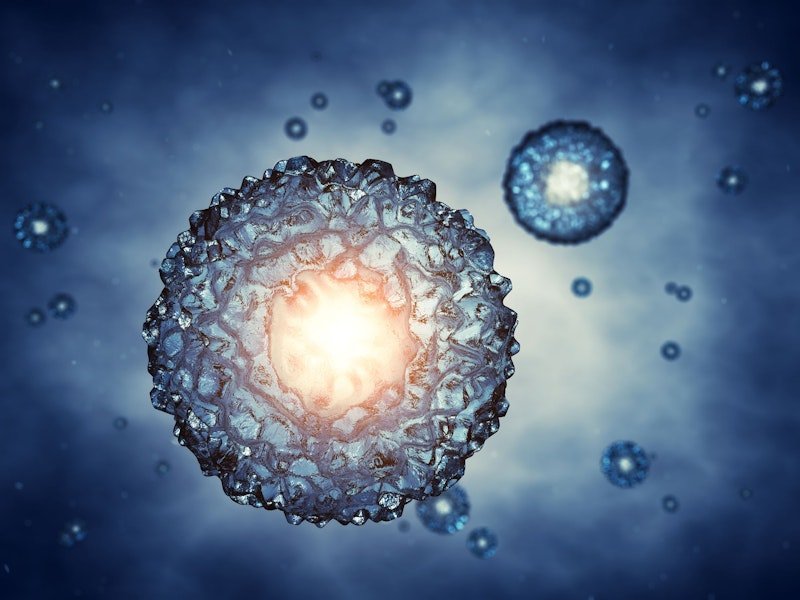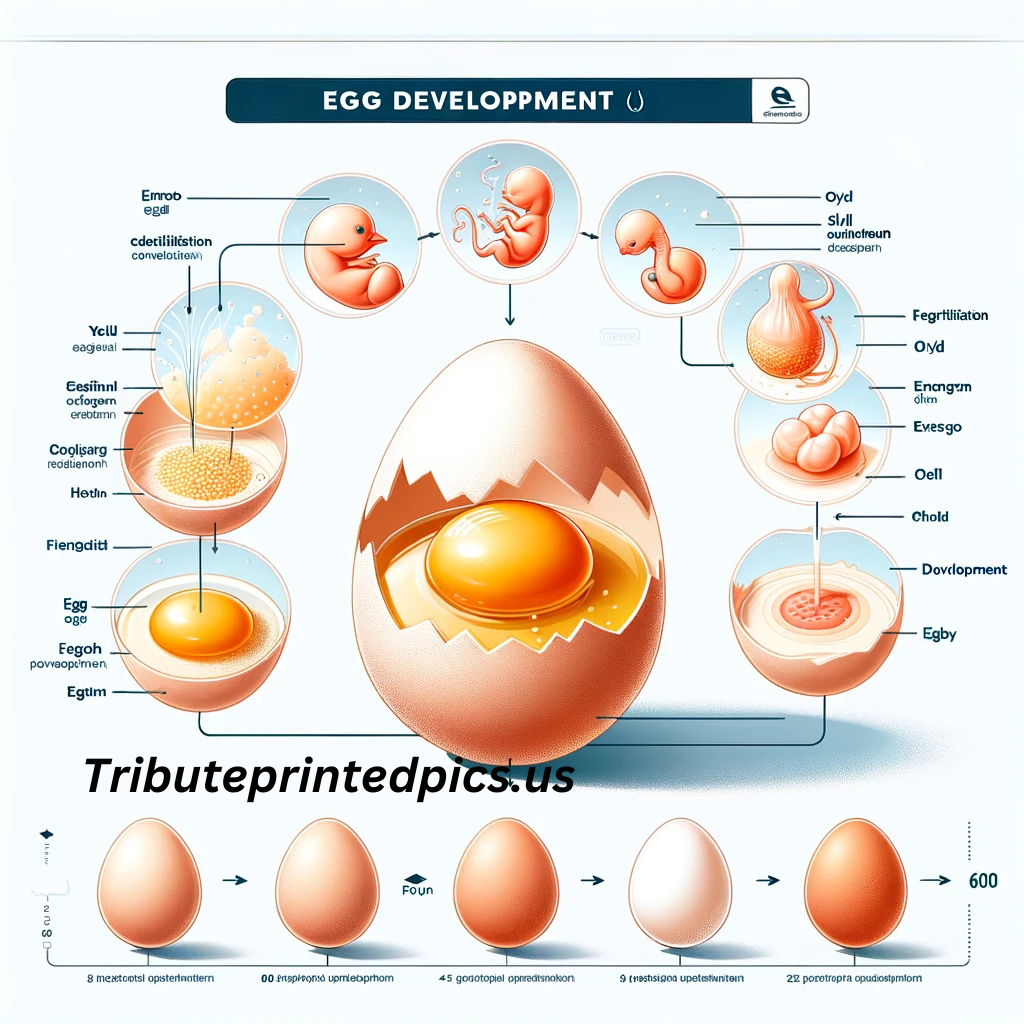The Egg Deleup Process is not an officially recognized term; it is most likely a misspelling of “Egg Development Process” or “Egg Processing.” It refers either to the natural growth of eggs in reproduction or the industrial preparation of eggs for food products.
The Egg Deleup Process is often interpreted as either the biological stages of egg development or the industrial handling of eggs after they are laid. In natural reproduction, the process involves ovarian follicle maturation, ovulation, and egg formation within the oviduct. In food production, it covers steps like egg breaking, filtering, pasteurization, freezing, or drying for safe consumption. While the Egg Deleup Process itself is not a standard medical or food science term, it has been widely searched as a variation of these essential biological and industrial procedures.
Introduction
The world of fertility treatments is constantly evolving, offering various procedures that help individuals and couples facing infertility issues. One such critical process in assisted reproductive technology (ART) is the Egg Deleup Process. This is a key procedure used in many ART treatments, especially in vitro fertilization (IVF), where eggs are retrieved from a woman’s ovaries, fertilized outside the body, and then implanted into the uterus. The Egg Deleup Process involves several complex medical procedures that require close monitoring, hormonal treatments, and careful timing.
For patients considering fertility treatments, understanding the Egg Deleup Process is essential to making informed decisions about their healthcare. The procedure, although highly effective, involves multiple stages, each of which plays a crucial role in determining the success of the IVF cycle. In this blog, we will explore each phase of the Egg Deleup Process in great detail, discussing everything from ovarian stimulation to egg retrieval, fertilization, and embryo transfer. The goal is to provide clarity for those undergoing IVF or considering it as a potential option.
By breaking down the complexities of this medical procedure, we hope to make it more accessible and understandable for patients. Through this comprehensive guide, we aim to shed light on the Egg Deleup Process, answering common questions and addressing the emotions and challenges associated with fertility treatments.
What is the Egg Deleup Process?
The Egg Deleup Process refers to the steps involved in retrieving eggs from a woman’s ovaries for the purpose of assisted reproduction. This process is a cornerstone of in vitro fertilization (IVF), as the eggs obtained are fertilized outside the body and then implanted into the uterus. The Egg Deleup Process can also be used in egg freezing procedures, where eggs are retrieved, frozen, and stored for future use.
The procedure is generally recommended for women facing fertility issues, whether due to age, medical conditions, or poor ovarian reserve. The Egg Deleup Process starts with hormonal treatments designed to stimulate the ovaries to produce multiple eggs. Once the eggs are mature, they are retrieved from the ovaries through a minor surgical procedure. The retrieved eggs are then fertilized with sperm in a laboratory setting, and the resulting embryos are monitored for optimal development. Finally, one or more healthy embryos are selected and transferred to the woman’s uterus in hopes of achieving a successful pregnancy.
This process involves close monitoring, precise timing, and the expertise of fertility specialists to ensure the best possible outcome for the patient. With advancements in medical technology, the Egg Deleup Process has become a reliable and effective method for individuals and couples struggling with infertility.
Step 1: Ovarian Stimulation and Hormonal Treatments

The first step in the Egg Deleup Process is ovarian stimulation, which is done using fertility medications that encourage the ovaries to produce multiple eggs. This is necessary because, in a natural menstrual cycle, typically only one egg matures and is released. In ART, the goal is to collect multiple mature eggs to increase the chances of successful fertilization. Hormonal medications such as follicle-stimulating hormone (FSH) and luteinizing hormone (LH) are commonly used during this stage.
These medications are usually injected daily over the course of 10-14 days, depending on the patient’s response. FSH stimulates the ovaries to produce multiple follicles, each containing an egg, while LH supports the final maturation of the eggs. Alongside these, other medications may be prescribed to prevent premature ovulation and to ensure that the eggs mature at the right time.
Ovarian stimulation is closely monitored with frequent ultrasounds and blood tests. Ultrasounds are used to track the size and number of follicles, while blood tests measure hormone levels such as estradiol, which is produced by the developing follicles. By closely monitoring the patient’s response, fertility specialists can adjust the medication to optimize the outcome and prevent complications such as ovarian hyperstimulation syndrome (OHSS).
Step 2: Monitoring the Response to Hormonal Treatment
During the Egg Deleup Process, constant monitoring is essential to ensure that the ovaries are responding appropriately to the hormonal medications. This monitoring typically begins within a few days of starting ovarian stimulation and continues throughout the stimulation phase.
The primary method of monitoring is through ultrasound imaging, which allows the doctor to visualize the follicles and determine how they are growing. Ultrasound can also reveal if there are any issues with the ovaries, such as cysts or enlarged follicles that could interfere with the process. Alongside ultrasounds, blood tests are performed to track hormone levels like estradiol and progesterone, which reflect how well the follicles are developing and whether the body is responding well to the medications.
The combination of ultrasound and blood tests helps the fertility specialist determine the right time to trigger ovulation. If the follicles are growing too quickly or too slowly, the doctor may adjust the medication regimen. If there are too many follicles, the cycle may be canceled to avoid complications, or the patient may be advised to proceed with fewer embryos.
Patients may experience mild side effects from the hormonal treatment, including bloating, mood swings, and headaches, but these are generally short-term and resolve once the stimulation phase is complete.
Step 3: Triggering Ovulation
Once the follicles have reached the optimal size for egg retrieval, the next step in the Egg Deleup Process is ovulation triggering. This is typically done using an injection of human chorionic gonadotropin (hCG) or a similar medication. The hCG injection mimics the body’s natural luteinizing hormone (LH) surge, signaling the ovaries to complete the final stages of egg maturation.
The timing of the trigger shot is critical because egg retrieval needs to occur about 36 hours after the injection. If the procedure is done too early or too late, the eggs may not be fully matured and could be less viable for fertilization. The fertility specialist carefully coordinates this step, ensuring the eggs are at their peak for retrieval.
After receiving the trigger shot, patients are scheduled for egg retrieval approximately 36 hours later. This timing is crucial to ensure that the eggs are mature and ready for fertilization. The patient will be asked to return to the clinic on the day of retrieval, and sedation or anesthesia is administered to ensure comfort during the procedure.
Step 4: Egg Retrieval (Aspiration)
The Egg Deleup Process continues with egg retrieval, also known as aspiration. This is a minor surgical procedure that is typically performed under sedation or light anesthesia. The procedure is done in a clinical setting, and the patient is carefully monitored during the process.
During egg retrieval, a thin, hollow needle is inserted through the vaginal wall and into the ovaries. The needle is guided by ultrasound, allowing the doctor to aspirate (or suction) the mature eggs from the follicles. Each follicle is aspirated separately to ensure that no eggs are left behind. In some cases, multiple needles are used, depending on the number of follicles present.
After the procedure, patients are typically allowed to rest for a short period before being discharged. Mild cramping, bloating, and spotting may occur, but these symptoms usually resolve within a day or two. The doctor will provide detailed post-procedure instructions, and patients are typically asked to refrain from strenuous activity for a few days to ensure a smooth recovery.
The collected eggs are then sent to the laboratory for fertilization, where they will be assessed for quality and maturity.
Step 5: Fertilization and Embryo Culture

Following egg retrieval, the collected eggs are fertilized in a laboratory setting. There are two primary methods of fertilization used during the Egg Deleup Process: traditional insemination and intracytoplasmic sperm injection (ICSI). In traditional insemination, sperm is introduced into a dish containing the eggs, allowing natural fertilization to occur. In ICSI, a single sperm is directly injected into each egg to facilitate fertilization, which is typically used in cases of male infertility or when other methods have failed.
After fertilization, the embryos are cultured for several days to monitor their development. Fertility specialists will check for cell division and growth, ensuring that the embryos are progressing well. This stage is crucial for selecting the healthiest embryos for transfer.
Embryos are usually cultured for 3-5 days, with some embryos developing into blastocysts (the stage of development at which embryos are most likely to implant successfully in the uterus). If there are multiple viable embryos, the clinic may choose to freeze any extras for future use.
Step 6: Embryo Transfer
The final step in the Egg Deleup Process is embryo transfer, where one or more healthy embryos are selected and placed into the woman’s uterus. This procedure is non-invasive and does not require anesthesia. Using a thin catheter, the doctor places the embryos into the uterus, aiming for the optimal position to encourage implantation.
Embryo transfer is a relatively simple procedure, but it requires precise timing. The goal is for the embryos to implant in the uterine lining, leading to pregnancy. After the transfer, patients are closely monitored and typically receive a pregnancy test 10-14 days later to confirm the success of the procedure.
If pregnancy is confirmed, further ultrasounds and hormone tests are performed to monitor the progression of the pregnancy. If the procedure is unsuccessful, patients may choose to try again with additional embryos or consider other fertility treatments.
Conclusion
The Egg Deleup Process is a complex, multi-step concept that can be linked to both fertility science and industrial egg handling. In reproductive medicine, it plays a vital role in assisted techniques like IVF, guiding patients through ovarian stimulation, egg retrieval, and embryo transfer. In food science, it ensures that eggs are safely processed for wider use in liquid, frozen, or dried forms.
While the term itself is not formally recognized, understanding the Egg Deleup Process provides valuable insights for those exploring fertility treatments or food safety practices. With ongoing advances in medical and industrial technology, the reliability and success of the Egg Deleup Process continue to improve, offering new opportunities in both health and nutrition.
FAQs
Q1: What is the Egg Deleup Process?
The Egg Deleup Process is commonly understood as either egg development in reproduction or egg processing in the food industry, though the term itself is not formally recognized.
Q2: How does the Egg Deleup Process relate to IVF?
In fertility treatments, the Egg Deleup Process is often associated with ovarian stimulation, egg retrieval, and preparation for embryo transfer.
Q3: Is the Egg Deleup Process the same as egg processing in the food industry?
Yes, in some contexts the Egg Deleup Process refers to industrial egg handling, including pasteurization, freezing, and drying.
Q4: Why is the Egg Deleup Process important?
The Egg Deleup Process is important because it highlights both biological reproduction and safe food preparation, offering value in medical and industrial applications.
Q5: Can the Egg Deleup Process improve fertility outcomes?
Yes, when applied in IVF, the Egg Deleup Process through careful monitoring and retrieval can improve success rates for couples facing infertility.


